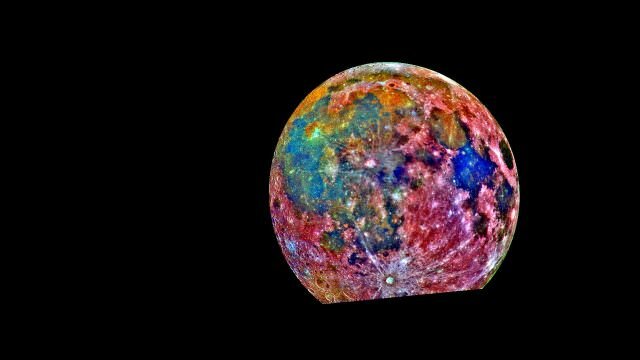Last updated December 17, 2018 at 11:13 am
A close pass from a comet coupled with a meteor shower are set to delight stargazers.
Stargazers are in for a treat on Friday 14 December with two spectacular sights in Australian skies: a green, fuzzy comet, and a Geminid meteor shower across the sky.
Amateur astronomical image of Comet 46P on 12 December 2018. Credit: Stub Mandrel/Wikimedia Commons
Comet 46P/Wirtanen – The Christmas Comet
To see Comet 46P/Wirtanen stargazers will only need a pair of binoculars, and it may even be visible to the naked eye away from city lights.
The comet is reaching its perihelion, or closest approach to the sun of around 1AU. During this close pass the heat from the sun causes the comet’s volatile chemicals to turn from solid into gas. This creates the iconic tail of the comet, as well as a bright cloud around the comets nucleas, called a coma.
Comet 46P’s coma appears green as it contains cyanogen (CN) and diatomic carbon (C2), which fluoresce when ionised by ultraviolet light.
“Look towards the east with a small pair of binoculars or a telescope to see the green, fuzzy comet. It will be near the constellation Orion, or the saucepan,” says Brad Tucker, an astronomer from ANU.
He adds the best time to see the comet would be around 9pm AEDT.
While its orbit takes around 5.4 years, it rarely passes this close to Earth. In fact, it will be the 20th closest approach to Earth by any comet since at least the 9th century.
And that has given astronomers an excellent opportunity to study the comet’s solid nucleus directly – usually they are too far and too small to be able to observe in detail.
Already the Hubble Space Telescope and Chandra X-Ray Observatory are examining the comet and studying its interaction with the solar wind. Hubble will continue to observe the comet to measure its spectrum in UV wavelengths to determine its chemical makeup and understand how the comet’s gas changes.
Geminid meteor shower
Then, the Geminid meteor shower will light up the night-sky as Earth passes through the tail of an asteroid.
According to Tucker, the meteor shower should be visible around 11:30pm AEDT.
The 3200 Phaethon asteroid does one orbit in 1.4 Earth years, and as it passes around the Sun bits of the asteroid break away from the heat fracturing the rock. That debris will burn up in the atmosphere to produce a show across the sky.
While most meteor showers are a result of Earth passing through the tail of a comet, the Geminid shower is caused by asteroid debris. Those meteors travel slower than many other showers, making them easier to spot, and often burn brighter and in more radiant colours due to the minerals in the asteroid rock.
The name Geminid comes from the meteors appearing to originate from within the Gemini constellation.
“The meteor shower will be visible from anywhere in Australia and if you have a clear, dark view to the north and east, this will offer the best viewing – you can expect to see between 10 and 30 meteors per hour,” says Tucker.
However, the amount of light pollution will affect how many meteors are visible.
“Even in a city, you will be able to see the brighter meteors.”































































































































































































































































